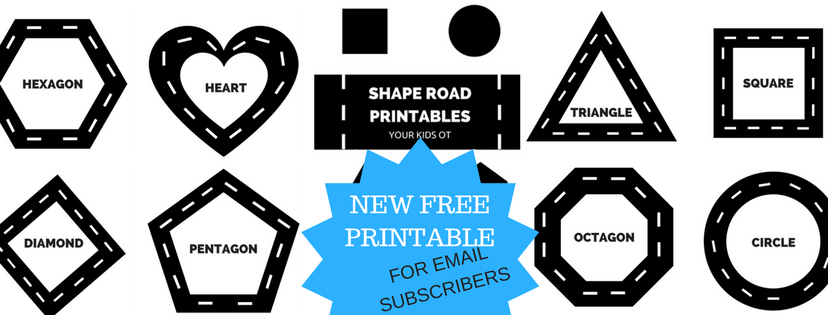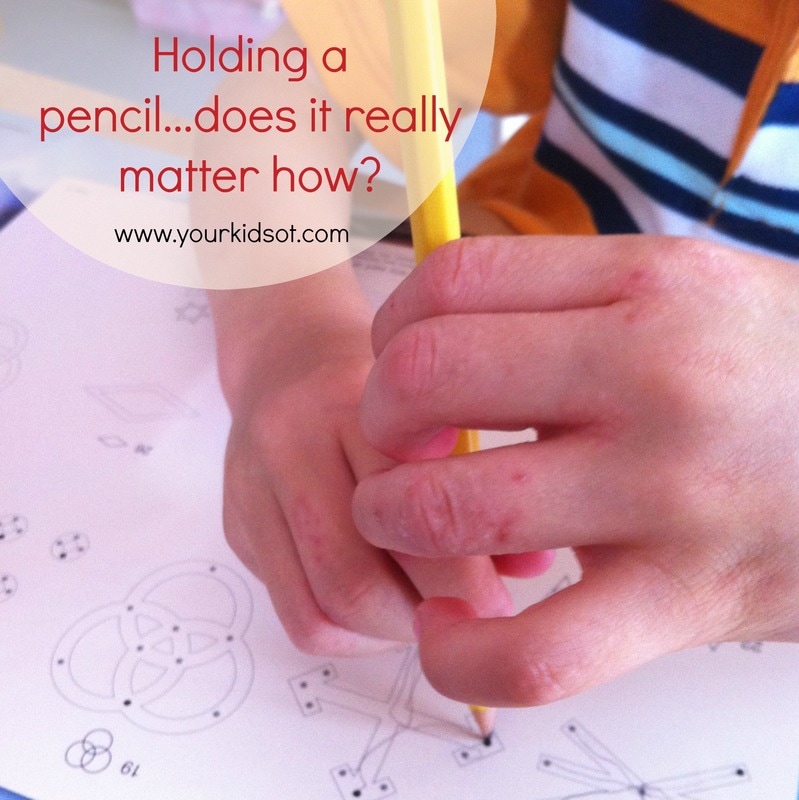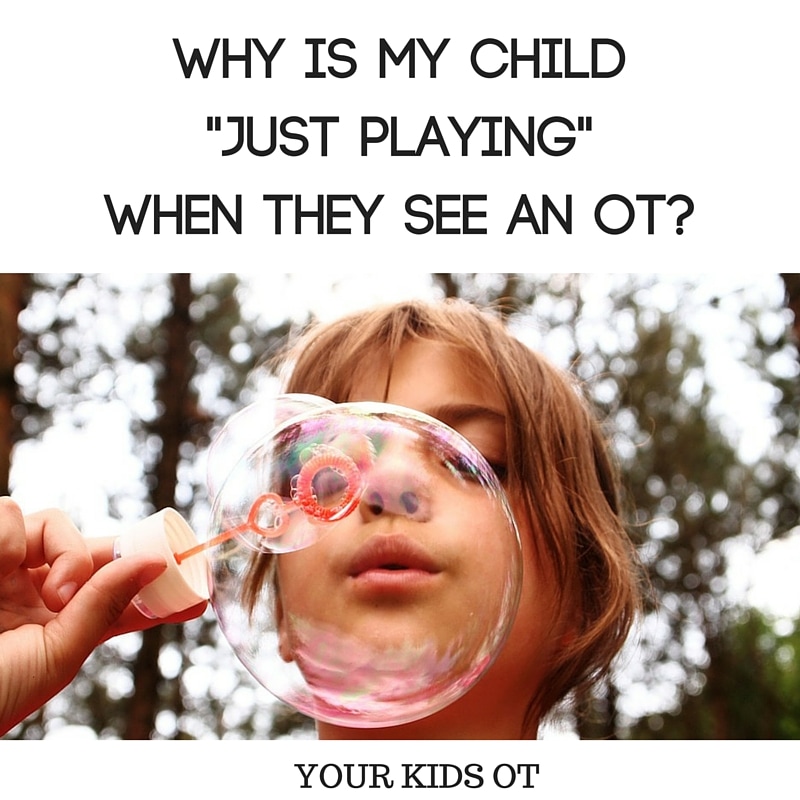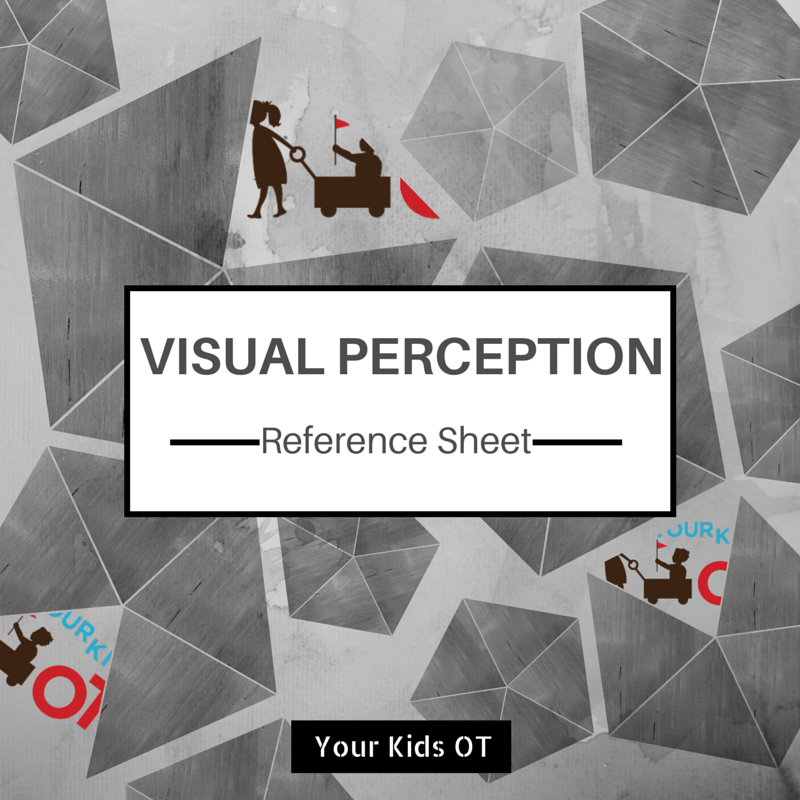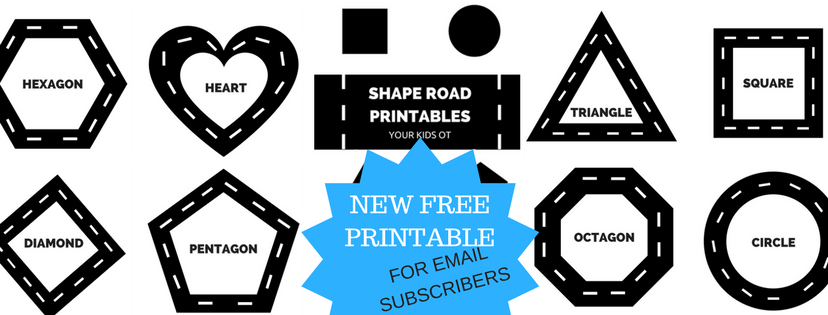{Review} Jumpin' Jelly Beans CD: Using Sensory Processing Principles by Genevieve Jereb (OT)26/4/2015
A couple of weeks ago I had a "light globe moment"! I was attending a professional development course when the speaker put on some music and the whole audience started to wiggle, jump, shake, march and stop. It dawned on me that I have actually heard this music and have even sung it and danced to it before at a local playgroup that I help to run.
The speaker was Genevieve Jereb, an Occupational Therapist with years of experience working in the US and Australia. Genevieve is also a songwriter and has produced a number of CDs designed to "use the principles of sensory processing theory to create music, songs and rhythmic activities for children with attention, motor and regulation difficulties". "Jumpin' Jelly Beans" is a collection of 19 original songs which have simple melodies, are light-hearted and full of fun. The CD comes with a 24-page booklet with song lyrics and activity details for each song. Activity instructions correspond with the lyrics of the song. For example, in "Starfish" I'm a small as a bug (crouch down small) I'm as tall as a tree (stand tall with hands shooting above head) I'm as wide as a bridge (lift arms horizontal) I'm a wave on the sea (use arms to make wave motion). There is a short description of the goal for each song. For example, "STARFISH is a movement song to enhance attention, alertness and body awareness. Also teaches adjectives and comparatives". Here is a video of the "Starfish" song {note: if you are reading this in an email, please click on the title of the article to take you to a live webpage to view the vide0}.
During the course "The Traffic Jam in My Brain", Genevieve spoke about music as a powerful regulator and that giving instruction through song or some kind of rhythmic rhyme or rap is neurologically much easier for the brain to organise. She also spoke on developing your own music library to find music that is alerting, calming, grounding, regulating in pulse or beat, low frequency and predictable, motivating and fun, activating and current. This CD is a perfect addition to your music library.
Without knowing it, I have been singing and dancing to Gen Jereb's songs for years. They are always popular with the preschoolers that come along to the playgroup that I help to run. Our favourites are "Hip Hop, Milkshake, Penguin Song, Push my Blues Away and Ready Set Go!" We use an ipod at playgroup so I had not looked at the CD booklet before. Now that I have seen the booklet, I'm impressed with how the songs and actions have been developed to provide sensory benefits! I'm ready to find some new favourite songs and learn some new dance moves too {those of you who know I'm a horrible dancer with have a chuckle here}. The "Jumpin' Jelly Beans" CD will appeal to kids of all abilities and ages {particularly preschool and early school-age kids}. It may be used through out the day in classrooms, homes, cars and clinics to entertain and provide "ready-to-use rhythmic songs and activities to support self regulation for the out of sync child".
Do you use music to help kids to regulate their sensory systems?
Note: This article contains affiliate links to iTunes and Amazon. All opinions expressed in this article are my own and are written based on my personal and professional opinion. I purchased the "Jumpin' Jelly Beans" CD and have no affiliation with Sensory Tools.net.
You may also like:
Mr 4 has always hated haircuts. He had his first haircut at about 18 months and seems to have become worse over time.
Haircuts... shudder shudder. Some children are quite happy to have a haircut, others are not! I have one of each. Mr 4 has always been sensitive to being touched. He is extremely ticklish, hated wearing hats, goggles, washing his hair... He has some symptoms oftactile defensiveness. It would not be uncommon to see and hear the following during one of Mr 4's hair cuts... screaming on entering the hairdressers, refusing to sit in the chair, kicking and screaming, sitting on my lap with arms/legs/held by myself and another person, shaking head from side to side... yes quite exhausting! Positive reinforcement, bribes, television, ipad time, edible rewards all fell on deaf ears and did not change his behaviour. I even tried cutting his hair myself ... which looked really bad! As an OT, I should have realised a lot earlier that Mr 4's difficulties with haircuts were sensory. It was touch rather than noise which was distressing. For children with tactile defensiveness, light touch can be "painful". We are constantly experiencing light touch from our hair, however we have integrated that sensation so that we don't notice our own hair most of the time. When someone mentions "lice" then our senses are heightened and we then can't stop thinking and touching our hair. For children with sensitivity to touch... hair cuts, hair washing or brushing can heighten their awareness of their hair and activate "pain receptors". I have used a variety of approaches to address Mr 4's difficulty with haircuts. (1) Use the same hairdresser - This helps to build familiarity and expectations of people and place. The same room, the same chair, the same mirrors, the same hairdresser (if possible). (2) Books - We borrowed as many books from the library as we could about hair and hairdressers. The funnier the better. (3) Social story - A hand drawn story about a boy who needs a haircut because his hair is too long. It has simple sentences "walking" Mr 4 through the steps involved in getting a hair cut. We also used the Model Me social story app. (4) Tangible reward - One of the things that motivates Mr 4 is drinking juice (lolly pops handed out by the hairdresser are scoffed). (5) Deep Pressure prior to hair cuts and deep breathing. Deep pressure (including massaging Mr 4's head) and deep breathing help Mr 4 to calm his body and reduce anxiety.
Some of you may be thinking... some kids are just like that, they hate hair cuts and then they outgrow it. You are right, but what is really happening is that they are becoming more tolerant to the sensations they are exposed too. They are modulating their bodies to cope with sensory stimulation or without the jargon - they are can handle something that was once stressful because their bodies and central nervous system have adapted. Children with sensory processing disorder may need help to figure out ways to "modulate" or prepare their bodies for stress.
If you think that your child may have difficulties with coping with sensations they experience, contact a paediatric occupational therapist for an assessment. An occupational therapist will be able to guide you and your child to plan for stressful situations and address their sensory needs. I'm pleased to say Mr 4 is like a different child when he gets a hair cut now. He doesn't look forward to them but he doesn't show any of the behaviours I mentioned previously. Do your kids tolerate hair cuts or do they find them distressing? How have you helped your child who hates hair cuts?
You may also like:
Facebook followers of YKOT will have seen that I recently shared a video about making "Flextangles" by Babble Dabble Do. You can find the video below. It is pretty amazing!
My kids and I were inspired to give it try. The template can be found on Babble Dabble Do and whilst we took a couple of attempts to master the folding, we got it! Miss 8 became transfixed and we printed out multiple templates to decorate. Show your reluctant colourer the video of Flextangles in action and they will want to make their own too. The video convinced Mr 4 to put texta to paper and he was also happy to cut out the template. What you will need. 1. Print the template found at Babble Dabble Do. 2. Textas 3. Scissors 4. Glue (or sticky tape) What you need to do. 1. Connect the marks on the template with whatever designs you like. Colour in between these lines. 2. Cut out the template along the bold lines. 3. Crease all the lines. {Note: to ensure it worked for us we did every line back and forwards so that it had "give"} 4. Gently fold the paper into a tube and glue the tabs as marked. {Note: I bent the tube into shape as I was going so that the flex shape took form as I we glued and connected.} 5. Gently glue the end tabs into place so that the tube is connected. Allow to dry. You may need to read the instructions and watch the video a few times...but it does work! The folding and glueing parts are best done by an adult or older child but once it is dry, hand back your child's creation so that can turn it in and out over and over again. Remember, if you are watching this video via your emailled copy of this blog, click on the title of the blog so that it opens in a webpage to view the video. This is a great school holiday project, especially with the on again off again wet weather we have been having. Let me know if you {I mean your kids} give this a go!
You may also like...
The crispy Autumn air is now evident and there nothing better than something warm from the oven on a cool Autumn evening. We usually head up to Bilpin with friends for some apple picking to pick them straight from the tree, however this year we bought some from an orchard in Blackheath. It was not quite the same as trudging through the mud looking for a juicy apple dangling just out of reach, however just as yummy.
This apple pie slice is so good! It tastes like an apple pie without the fiddly pastry work. In fact, I'm going to say it is better than an apple pie because of the gorgeous crunchy top that you just have to try! It is all made in one bowl and so simple that the kids can make it too!
Method:
1. Preheat the oven to 180° C (356°F). 2. Place the butter into a microwave safe bowl for 1 minute. Take out and allow to cool. 3. Peel, core and slice the apple into small chunks. 4. Add the apple pieces into the bowl of melted butter. 5. Add the sugar, flour, baking powder and egg into the bowl. 6. Stir all ingredients together until well combined. 7. Pour out the mixture into the baking tray and press down lightly. 8. Sprinkle the top of the mixture with cinnamon sugar. 9. Bake for 35 minutes. 10. Cool slightly in tin. Slice and serve with vanilla icecream.
Your kids can help with so many aspects of this recipe from measuring, pouring, mixing and pressing. They may enjoy peeling, coring and slicing the apple or cracking the egg! Be careful with the implements as they can be sharp as well as handling items from the microwave and oven. You will also need to keep an eye on the slice as it bakes so you don't burn the top. Temperatures in ovens and microwaves may vary so you may need to make adjustments.
Serve this delicious slice warm with a scoop of icecream {or cream or custard} or you could serve this in the afternoon with a cup of tea {or hot chocolate}. Either way, you and your kids will love it!
Let me know if you think I made the right call - this is better than apple pie!!!
Happy Baking!
You may also like:
|
AuthorHi, I'm Cindy and I am an Occupational Therapist. I enjoy working creatively with children to see them reach their potential. Read more about me here. SEARCH THIS SITE
Archives
June 2024
Categories
All
Popular Posts |
Join the YKOT e-newsletter!
Subscribe to get our latest content by email and receive
the SHAPE ROADS PRINTABLE NOW!

Success! Now check your email to confirm your subscription and receive your free printable!
Join our Mailing List!
Subscribe to get our latest content by email and receive
the SHAPE ROADS PRINTABLE NOW as a thankyou!

Success! Now check your email to confirm your subscription and receive your free printable!
Disclaimer: The information on this site is general in nature and should be used for educational and entertainment purposes. The activities are safe for most children, however, you should consult an Occupational Therapist or health professional to address specific movement, sensory or other medical conditions. This blog does not replace formal therapeutic professional advice given by a health professional or medical practitioner. Reviews and endorsements of products will only be made based on my expertise and personal opinion; and deemed worthy of such endorsement. The opinions shared in sponsored content will always be my own and not that of the advertising company or brand. Content, advertising space or posts will be clearly identified if paid, affiliated or sponsored. Affiliate links may be found throughout this website in advertising. This means that if you follow through with a purchase from these links, Your Kids OT will receive a percentage of the sale. Your Kids OT undertakes to meet the requirements of the "Social Media Policy" as published by Australian Health Practitioner Regulation Agency (AHPRA). Further information about this policy can be found here.
Find meFollow me |
About me
AuthorHi, I'm Cindy and I am an Occupational Therapist. I enjoy working creatively with children to see them reach their potential. Read more about me here. |
Copyright © 2017 Your Kid OT

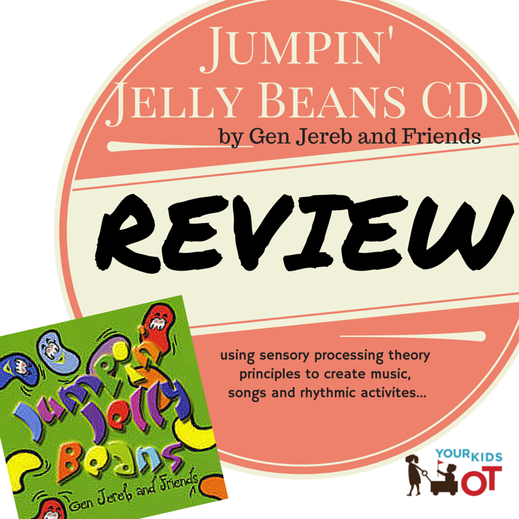



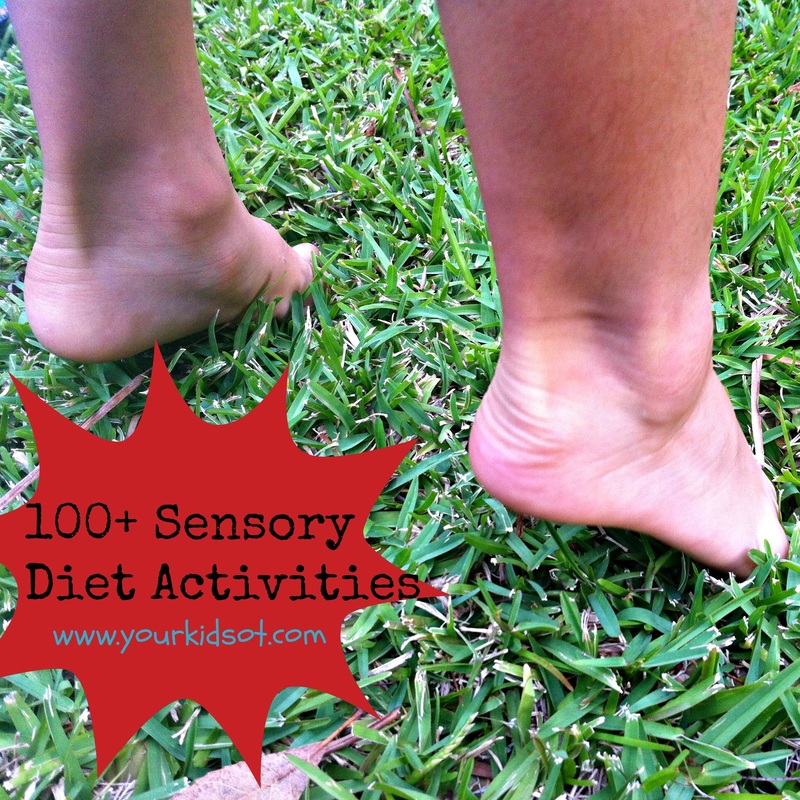
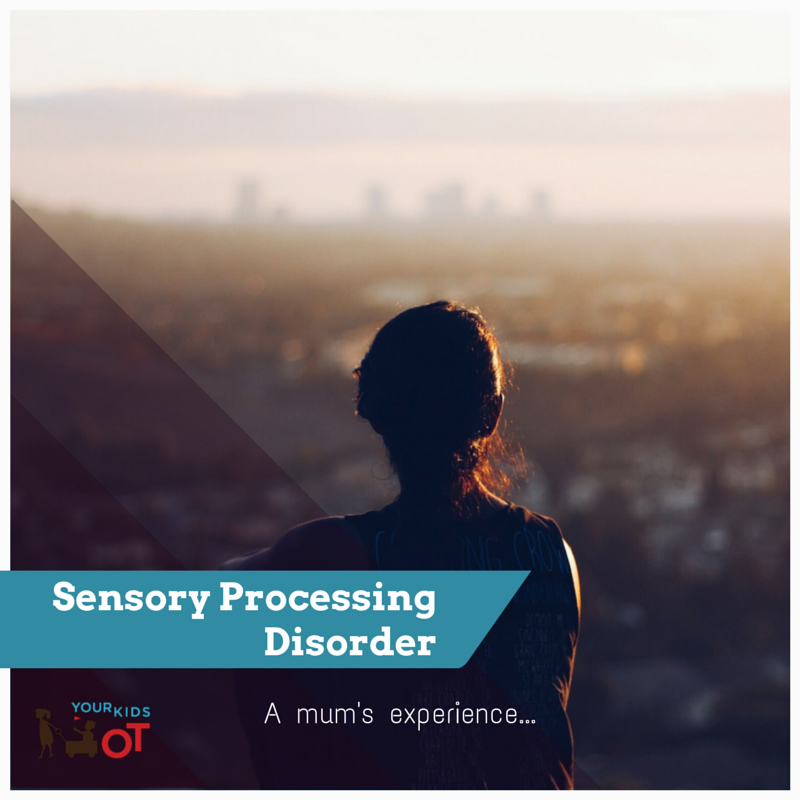
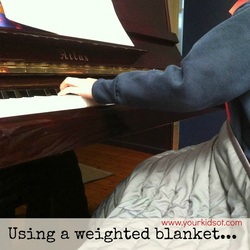
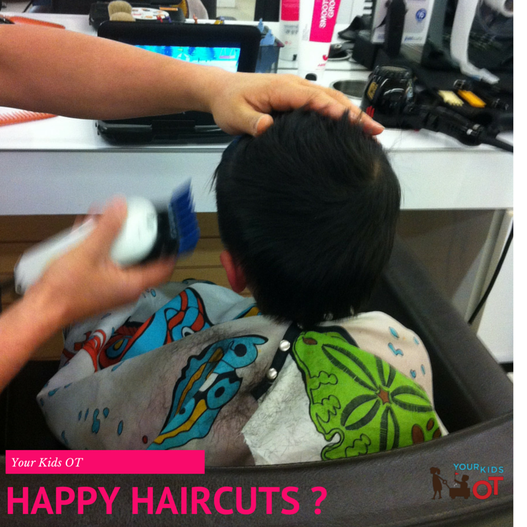
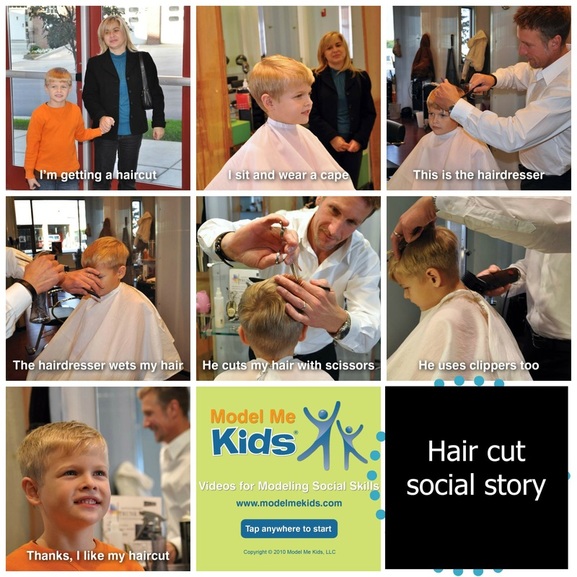

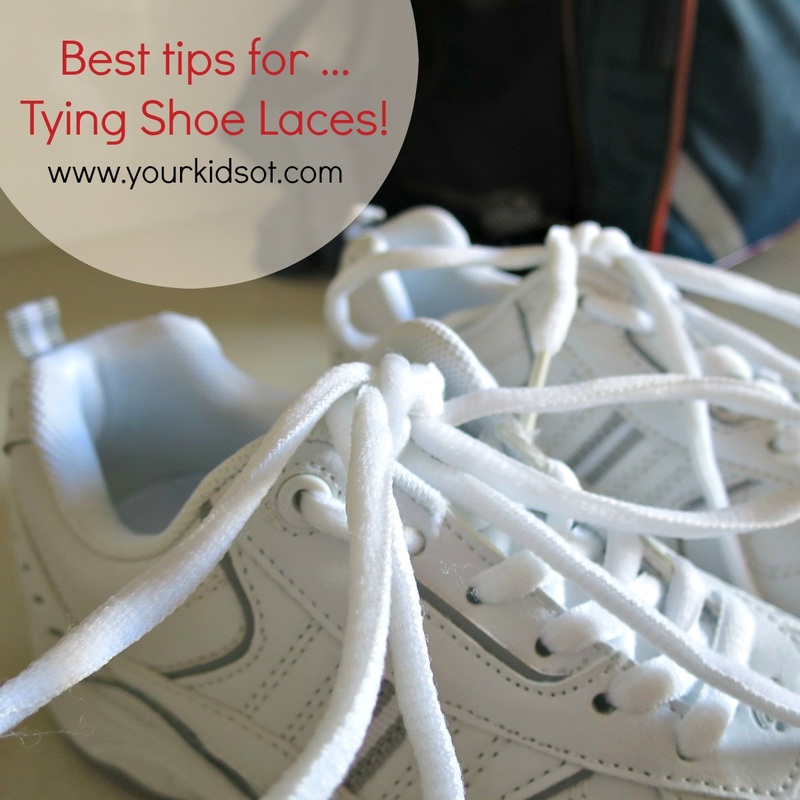
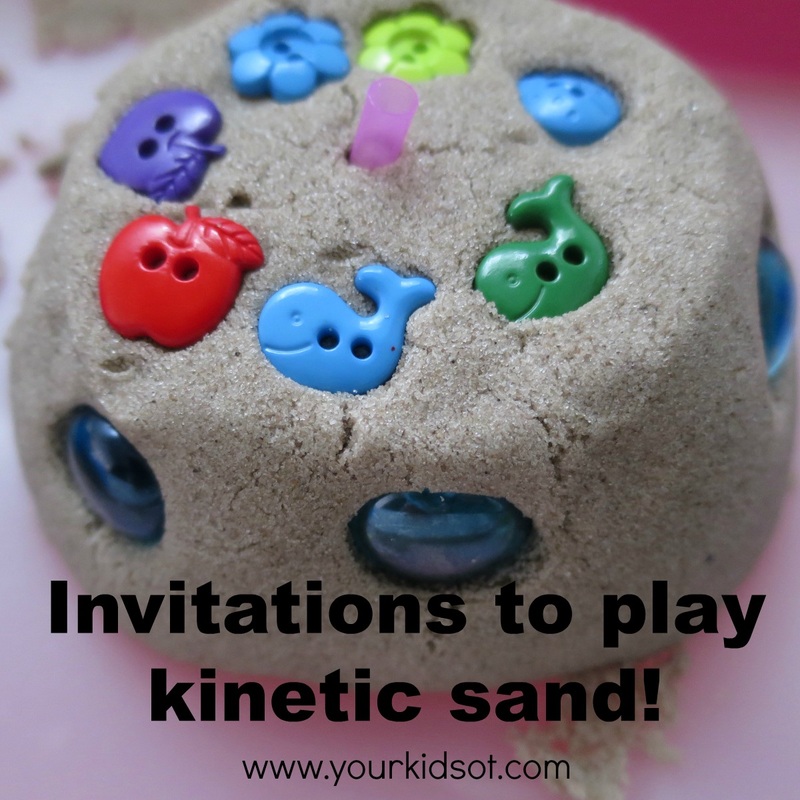

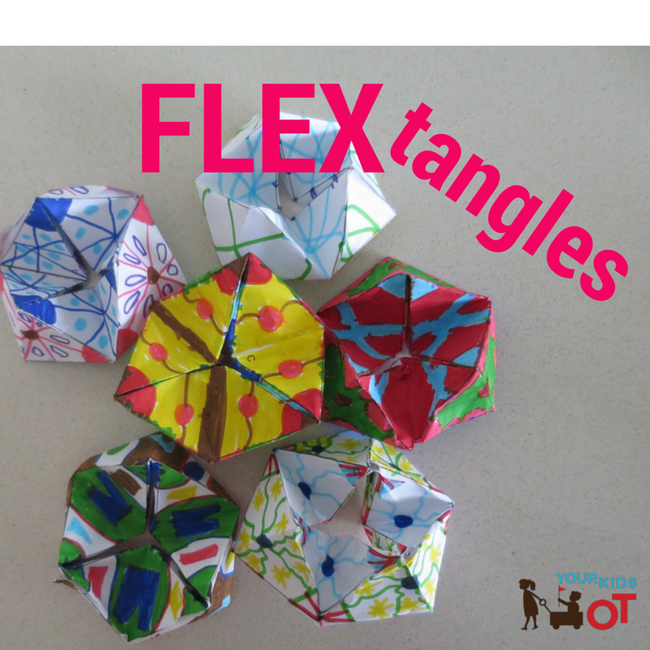


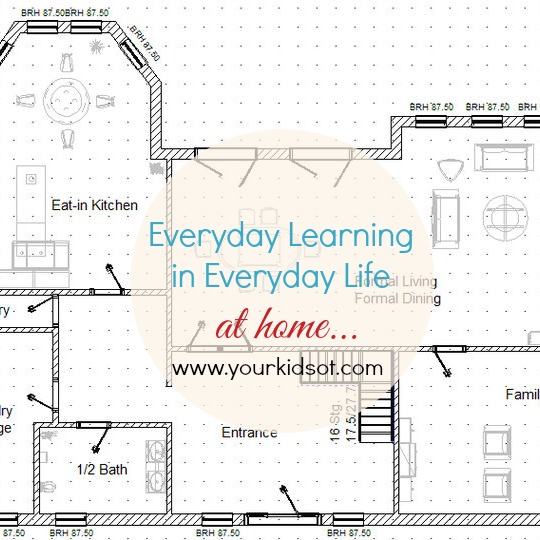
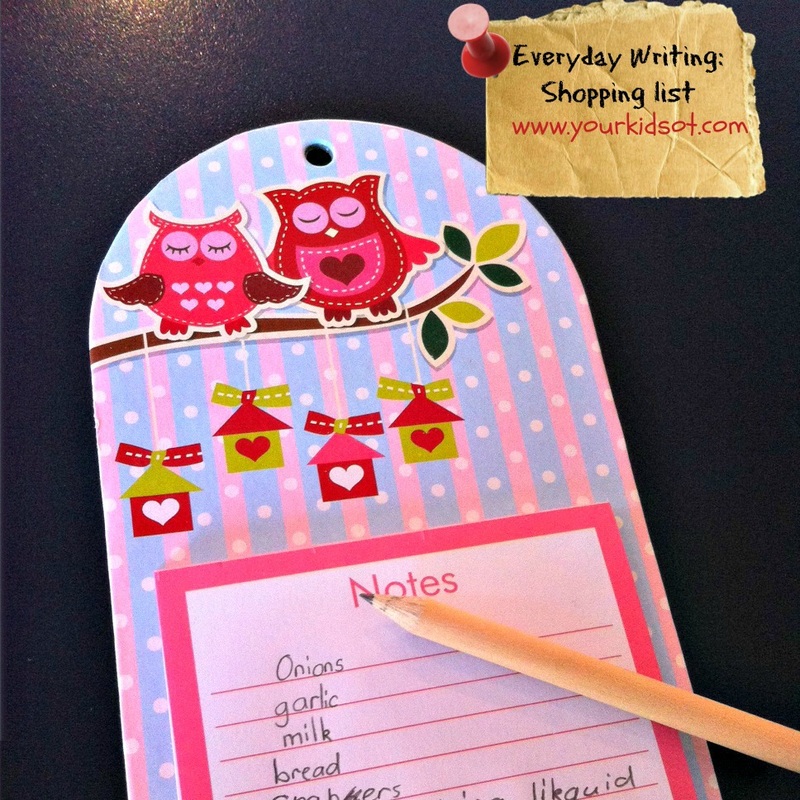
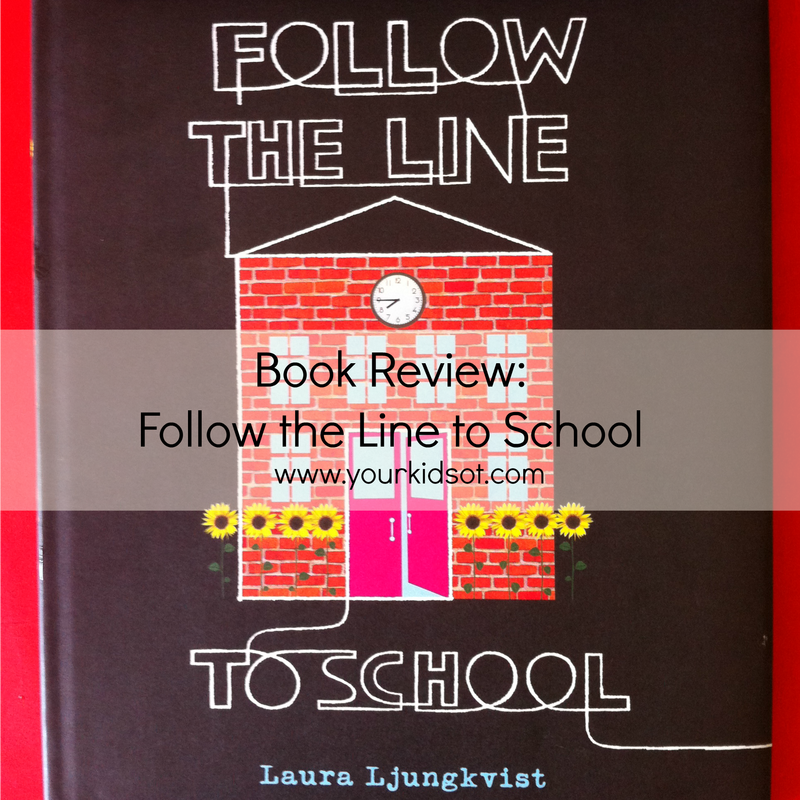
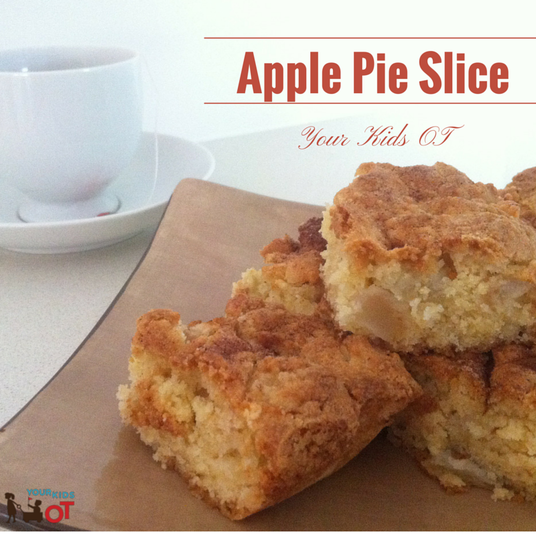
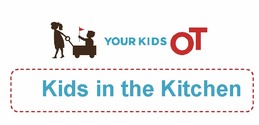
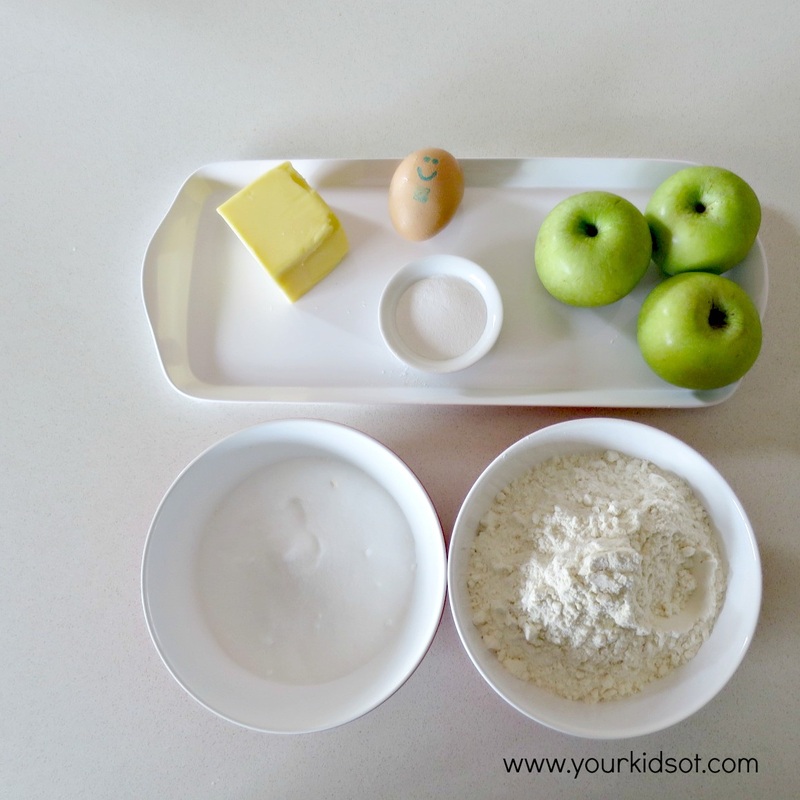
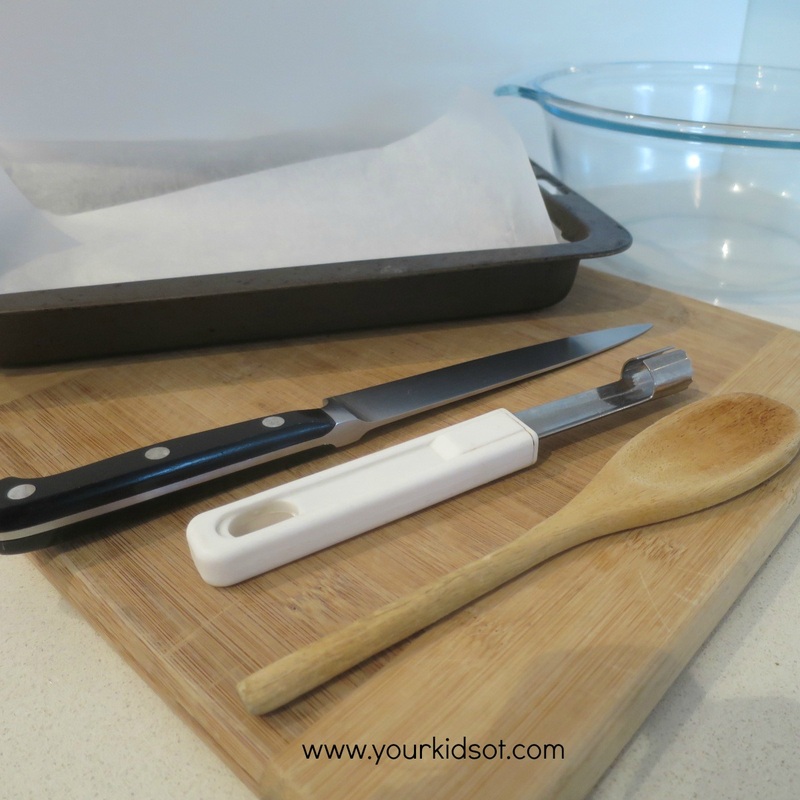
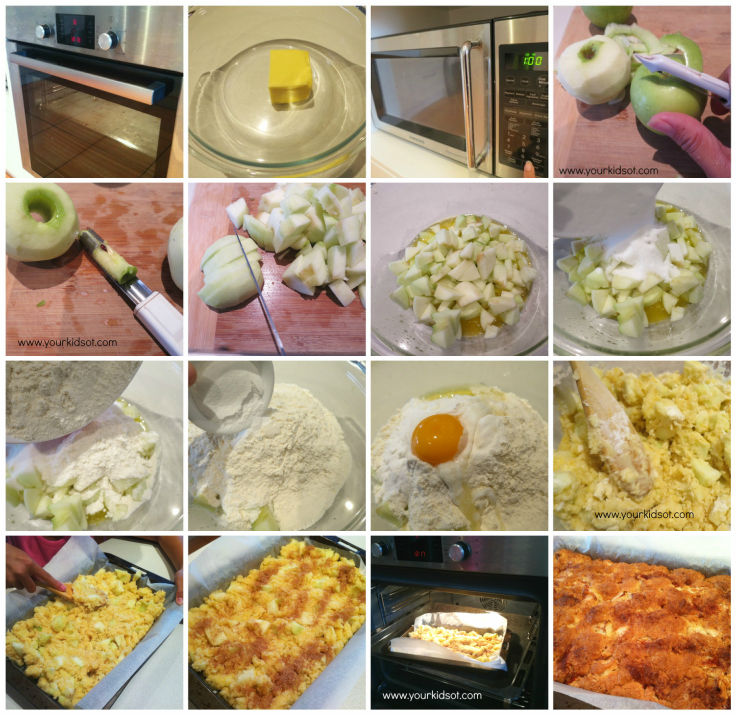
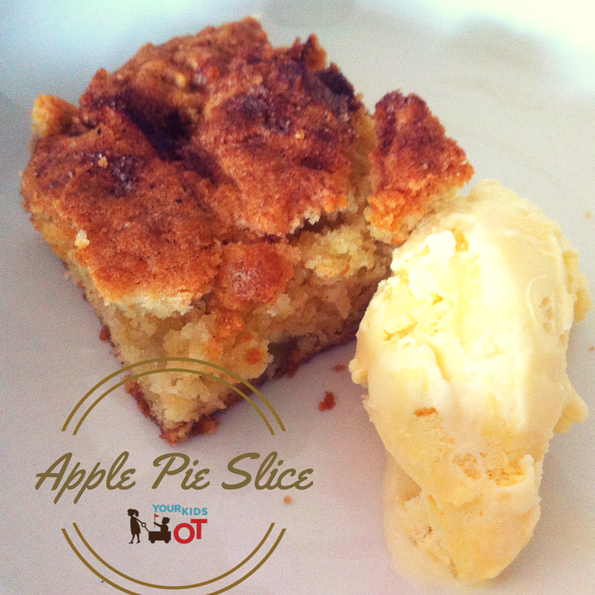

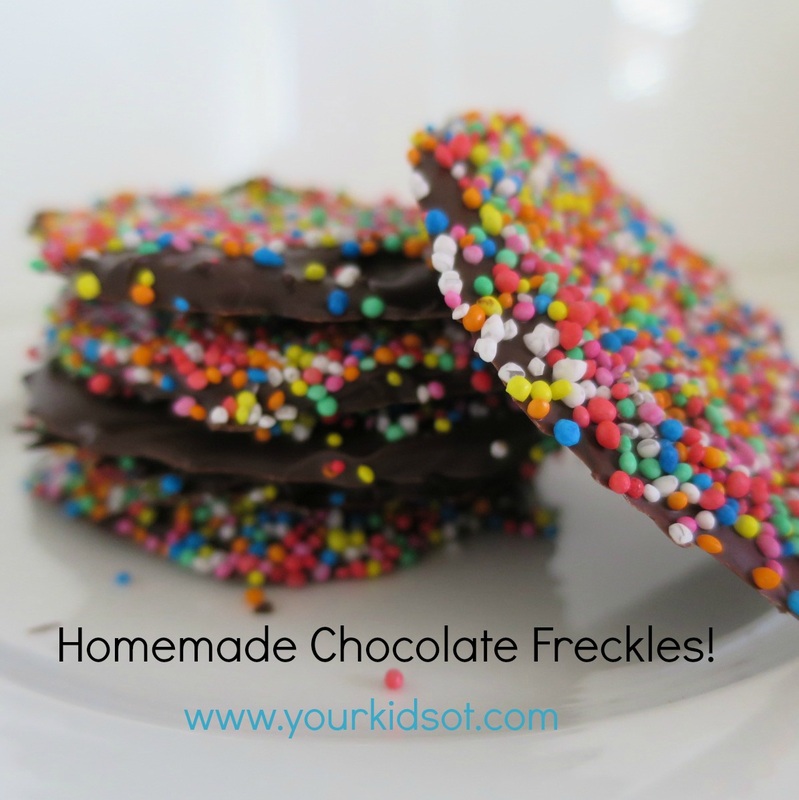
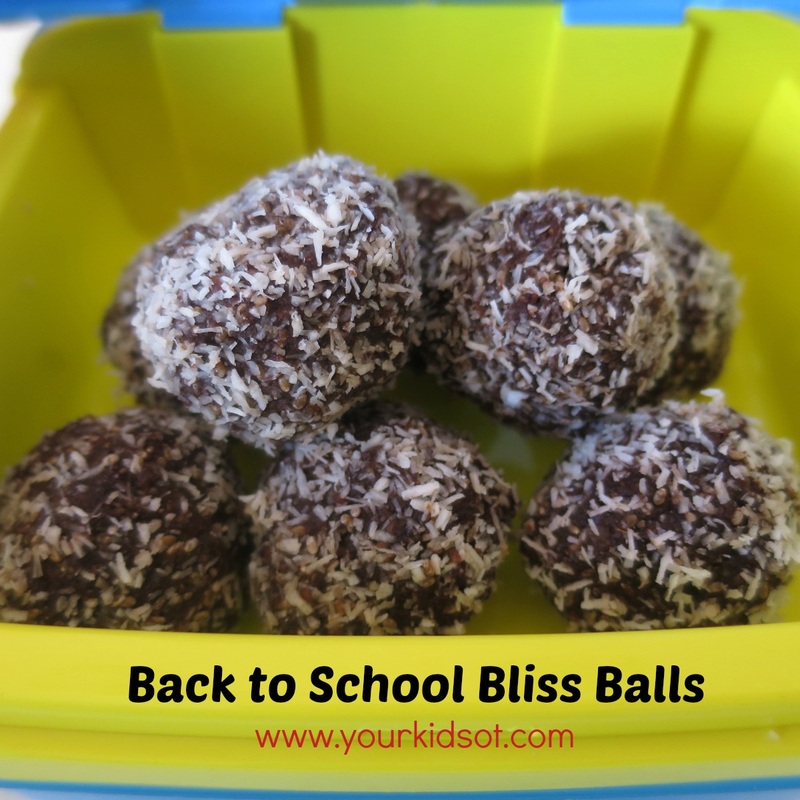
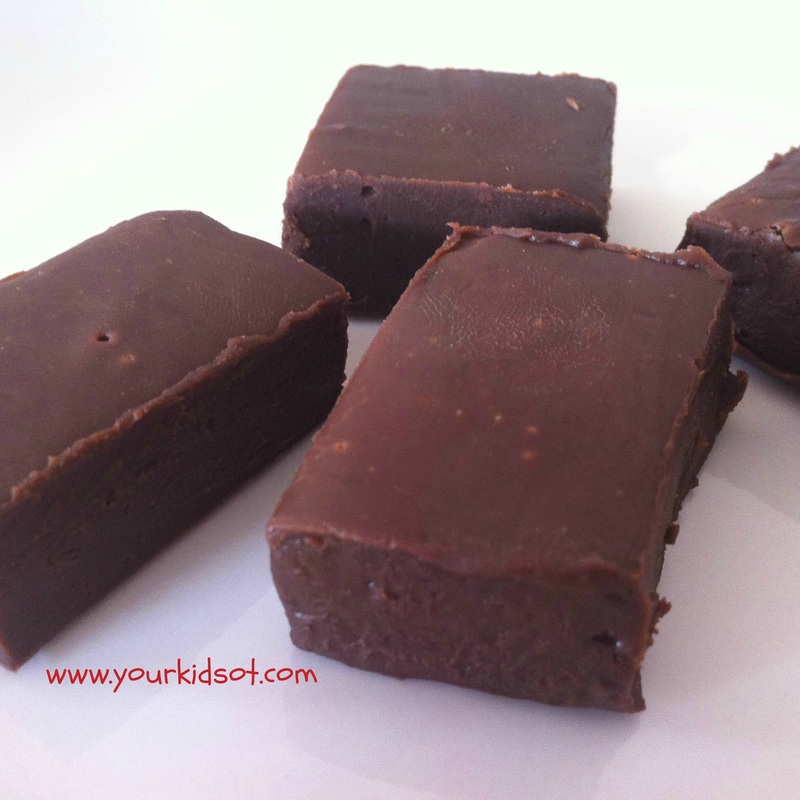

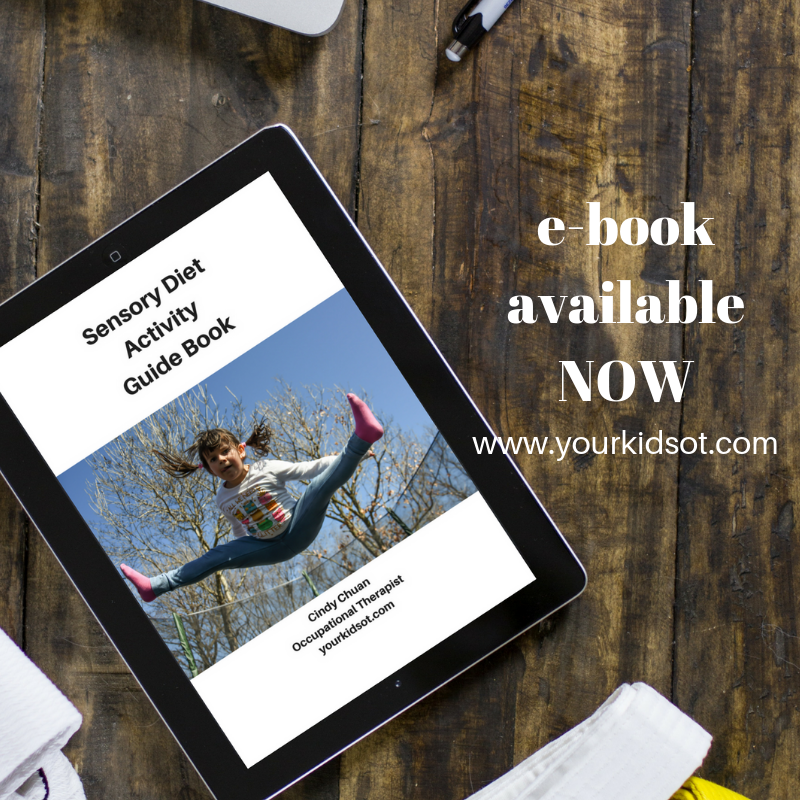
 RSS Feed
RSS Feed
